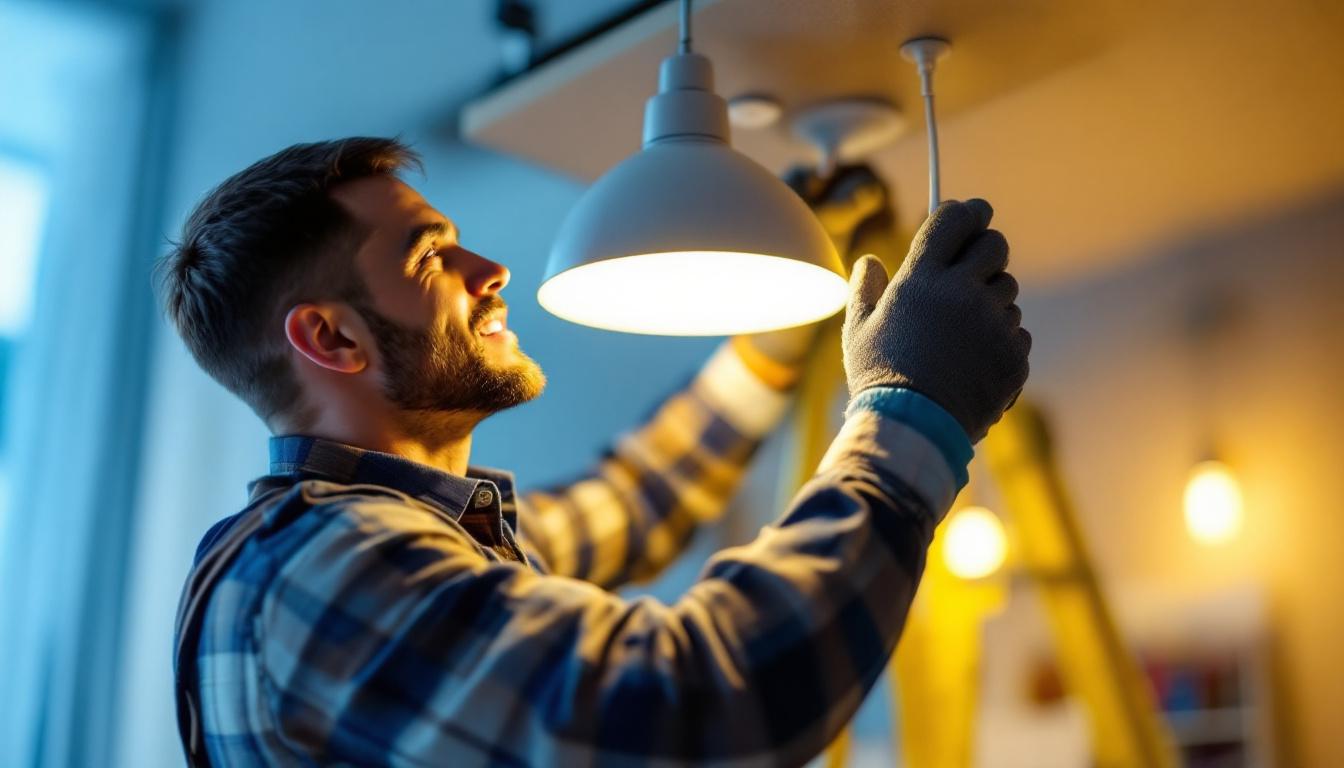
In the ever-evolving landscape of the lighting industry, contractors face a myriad of challenges and opportunities. The 1250 6 standard serves as a vital guideline for lighting contractors, outlining essential points that can enhance both the quality of work and customer satisfaction. Understanding these points is crucial for contractors aiming to excel in their field and deliver exceptional results.
The 1250 6 standard is a comprehensive framework designed to streamline the processes involved in lighting installation and maintenance. It encompasses several key areas, including safety protocols, energy efficiency, and innovative design practices. By adhering to these guidelines, lighting contractors can not only improve their operational efficiency but also ensure compliance with industry regulations.
At its core, the 1250 6 standard emphasizes the importance of safety and quality. It outlines specific requirements for materials, installation techniques, and testing procedures. Contractors are encouraged to familiarize themselves with these components to enhance their expertise and provide clients with reliable service.
Additionally, the standard promotes the use of energy-efficient lighting solutions. This not only benefits the environment but also helps clients reduce their energy costs. By integrating these practices into their projects, contractors can position themselves as leaders in sustainable lighting solutions.
Moreover, the 1250 6 standard also addresses the importance of ongoing training and education for lighting professionals. As technology evolves, so too do the methods and materials available for lighting installations. Regular workshops and certification programs are recommended to ensure that contractors stay updated on the latest advancements and best practices. This commitment to continuous learning not only enhances the quality of service provided but also builds trust with clients who seek knowledgeable professionals for their lighting needs.
Furthermore, the standard encourages collaboration among stakeholders in the lighting industry, including manufacturers, contractors, and regulatory bodies. By fostering open communication and partnerships, the 1250 6 standard aims to create a more cohesive approach to lighting projects. This collaborative spirit can lead to innovative solutions that address common challenges, such as integrating smart technology into lighting systems or developing new materials that enhance durability and performance. As a result, the industry can move towards a more sustainable and efficient future, benefiting both businesses and the environment alike.
Safety is paramount in the lighting industry. The 1250 6 standard includes detailed safety protocols that contractors must follow to protect themselves, their teams, and their clients. Understanding and implementing these protocols can significantly reduce the risk of accidents and injuries on the job site.
One of the first steps in ensuring safety is proper training. Contractors should invest in training programs that cover the latest safety practices and regulations. Certification in these areas not only boosts the contractor’s credibility but also instills confidence in clients regarding the safety of their projects.
Regular training sessions should be conducted to keep all team members updated on the latest safety protocols. This proactive approach fosters a culture of safety within the organization, reducing the likelihood of incidents and enhancing overall project efficiency. Additionally, incorporating hands-on training exercises can help workers better understand the practical applications of safety measures, ensuring they are well-prepared to handle real-world scenarios. Engaging in safety drills can also reinforce the importance of preparedness and quick response in emergency situations, further solidifying a contractor’s commitment to maintaining a safe work environment.
Utilizing appropriate personal protective equipment (PPE) is another critical aspect of safety. The 1250 6 standard specifies the types of PPE required for various tasks, including gloves, helmets, and eye protection. Contractors must ensure that their teams are equipped with the necessary gear and that it is used correctly on every job site.
Regular inspections of PPE should be conducted to ensure that all equipment is in good condition. This not only protects workers but also demonstrates a commitment to safety, which can enhance the contractor’s reputation in the industry. Furthermore, educating employees on the importance of PPE and the potential hazards they may face without it can significantly increase compliance. By fostering an understanding of the risks associated with their work, contractors can empower their teams to take personal responsibility for their safety and that of their colleagues. Encouraging team members to report any damaged or ineffective PPE can also create an open dialogue about safety and ensure that everyone is equipped to perform their tasks safely and effectively.
Energy efficiency is a focal point of the 1250 6 standard, reflecting the growing demand for sustainable practices in the lighting industry. Contractors who prioritize energy-efficient designs can significantly impact both their clients’ operational costs and environmental footprints. As awareness of climate change and resource depletion increases, the shift towards energy-efficient lighting solutions becomes not just a trend but a necessity for responsible design.
When selecting lighting fixtures, contractors should consider energy-efficient options such as LED lights. These fixtures consume less energy and have a longer lifespan compared to traditional incandescent bulbs. By recommending these options to clients, contractors can help them achieve substantial savings over time. Furthermore, LEDs are available in a variety of styles and color temperatures, allowing for flexibility in design while still adhering to energy efficiency standards.
Moreover, understanding the specific lighting needs of a space is crucial. Factors such as the purpose of the room, the amount of natural light, and the desired ambiance should all influence fixture selection. Tailoring lighting solutions to meet these needs not only enhances the aesthetic appeal but also maximizes energy efficiency. For instance, in spaces that require bright, focused light, such as kitchens or workspaces, task lighting can be integrated with ambient lighting to create a layered effect that minimizes energy use while providing adequate illumination.
Incorporating smart lighting technology is another way to enhance energy efficiency. Smart systems allow for greater control over lighting levels and can be programmed to adjust based on occupancy or time of day. This adaptability not only conserves energy but also adds convenience for clients. Additionally, many smart lighting systems can be integrated with home automation technologies, enabling users to control their lighting remotely via smartphone apps or voice commands, further enhancing the user experience.
Contractors should stay informed about the latest advancements in smart lighting technology. By offering these solutions, they can differentiate themselves in a competitive market and provide clients with innovative options that align with modern living and working environments. Moreover, educating clients about the benefits of smart lighting can lead to increased satisfaction and loyalty, as they experience firsthand the convenience and efficiency these systems provide. As energy efficiency continues to evolve, staying ahead of the curve will not only benefit contractors but also contribute to a more sustainable future for all.
Innovation is key to staying relevant in the lighting industry. The 1250 6 standard encourages contractors to explore new design practices that can elevate their projects. Embracing creativity and technology can lead to unique lighting solutions that captivate clients and enhance user experiences.
A collaborative design approach can yield remarkable results. Engaging with architects, interior designers, and clients during the planning phase allows contractors to gain insights into the overall vision for the space. This teamwork fosters creativity and ensures that the lighting design complements the architectural elements and interior aesthetics.
By involving all stakeholders in the design process, contractors can create cohesive lighting solutions that resonate with the intended purpose of the space. This collaborative effort not only enhances the final product but also strengthens relationships with clients and other professionals in the industry.
Advanced software tools for lighting design are becoming increasingly accessible. These tools allow contractors to visualize lighting layouts, simulate various scenarios, and analyze energy consumption. By leveraging technology, contractors can present clients with detailed proposals that highlight the benefits of their designs.
Investing in training for these software tools can enhance a contractor’s design capabilities. Clients will appreciate the thoroughness of the proposals, which can lead to increased trust and, ultimately, more successful projects.
Effective communication is essential for successful project execution. The 1250 6 standard emphasizes the importance of maintaining clear lines of communication with clients throughout the project lifecycle. Building strong relationships fosters trust and can lead to repeat business and referrals.
From the outset, contractors should establish clear expectations regarding project timelines, budgets, and deliverables. This transparency helps prevent misunderstandings and ensures that clients are aware of the project’s scope. Regular updates throughout the project keep clients informed and engaged, reinforcing their confidence in the contractor’s abilities.
Additionally, contractors should be open to feedback and willing to make adjustments based on client preferences. This flexibility demonstrates a commitment to client satisfaction and can significantly enhance the overall experience.
Once a project is completed, follow-up communication is crucial. Contractors should reach out to clients to ensure that they are satisfied with the results and to address any concerns that may have arisen. This post-project engagement not only solidifies the relationship but also opens the door for future collaborations.
Gathering feedback can provide valuable insights into areas for improvement. By actively seeking client input, contractors can refine their processes and enhance their service offerings for future projects.
In conclusion, the 1250 6 standard provides a comprehensive framework for lighting contractors to enhance their practices and deliver exceptional results. By focusing on safety, energy efficiency, innovative design, and effective communication, contractors can position themselves as leaders in the industry.
Embracing these points not only benefits contractors but also contributes to a more sustainable and efficient lighting landscape. As the industry continues to evolve, staying informed and adaptable will be key to long-term success.
Ultimately, the commitment to excellence in every project will set contractors apart in a competitive market, ensuring that they not only meet but exceed client expectations.
Ready to elevate your lighting projects while adhering to the 1250 6 standard? Look no further than LumenWholesale for all your lighting needs. Our spec-grade lighting products not only meet the highest industry standards but are also available at unbeatable wholesale prices. Say goodbye to inflated markups and hello to premium lighting with the convenience of free shipping on bulk orders. Don’t compromise on quality or value—choose LumenWholesale for a seamless blend of excellence and affordability. Wholesale Lighting at the Best Value is just a click away. Enhance your lighting solutions today!
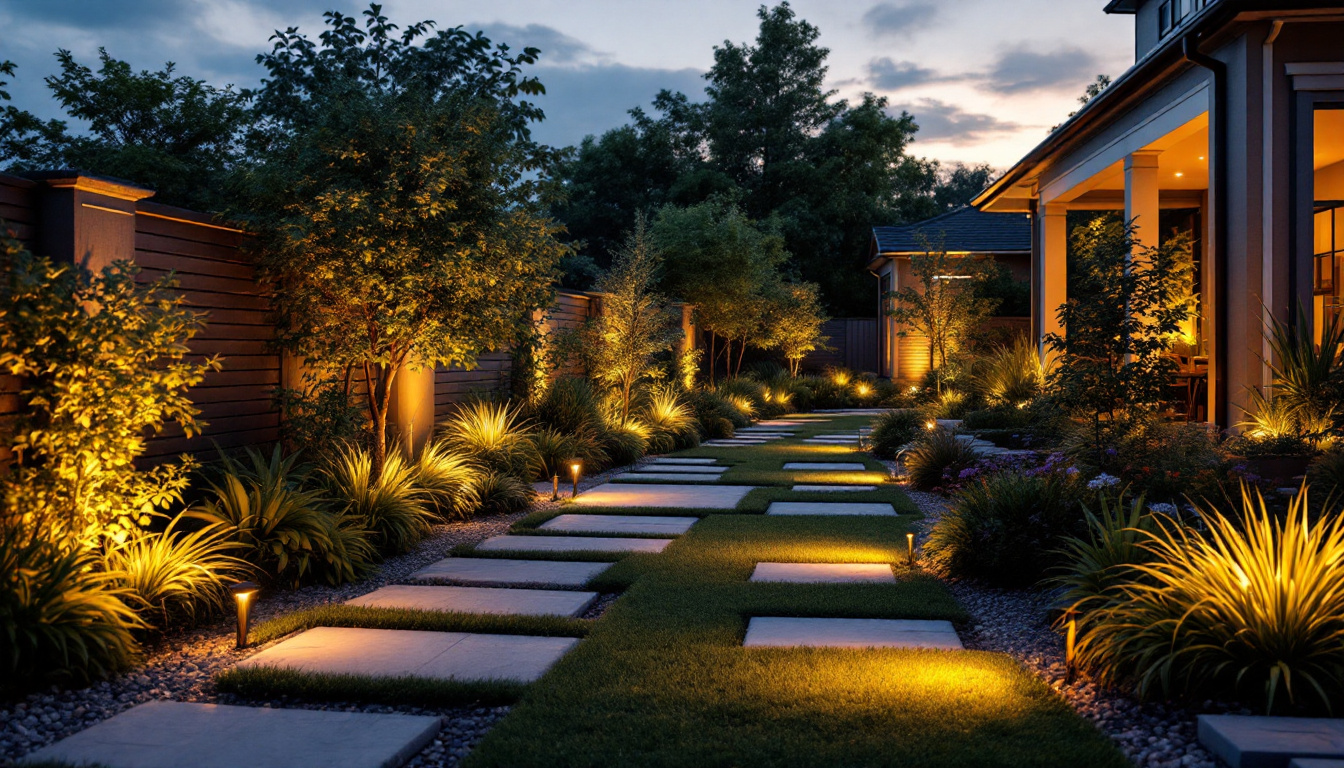
Illuminate your outdoor spaces with our comprehensive guide on the best landscaping lights.
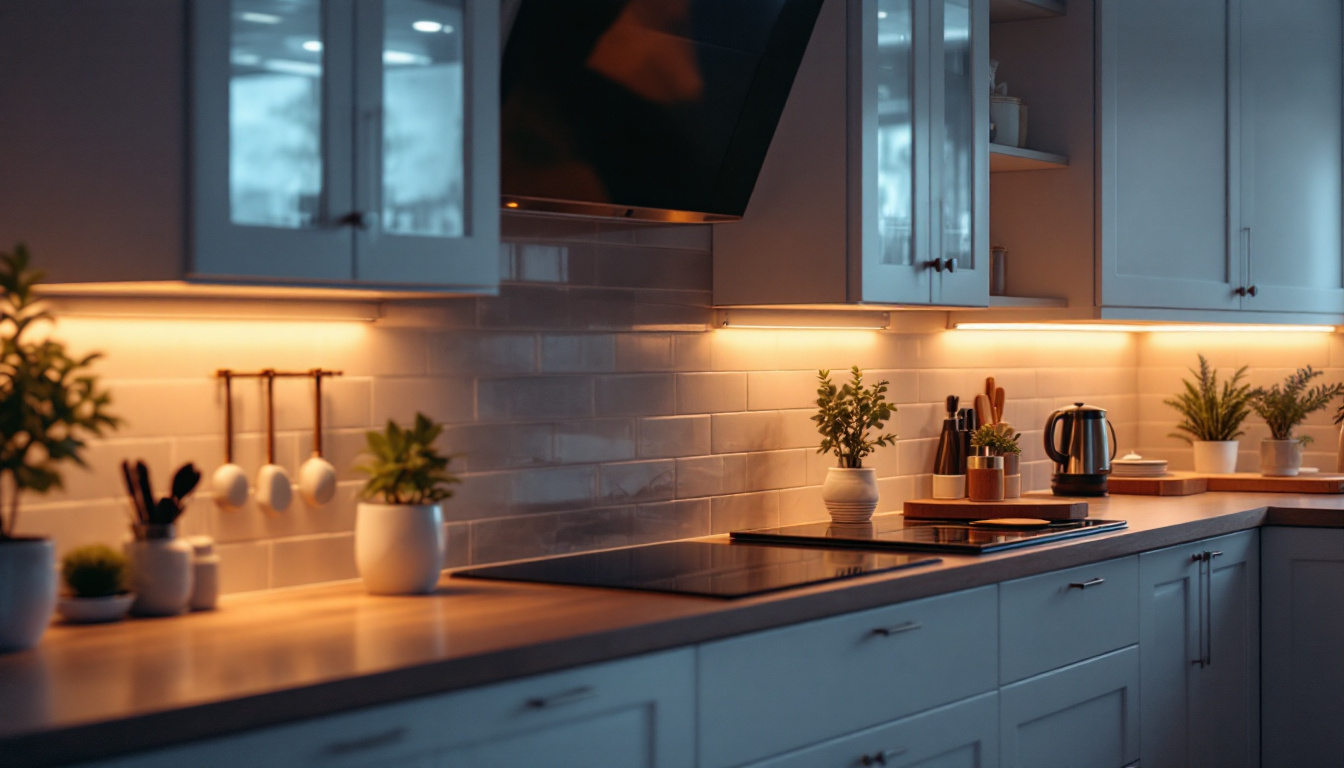
Discover the essential tips and expert insights for selecting the perfect LED undercabinet lights in this comprehensive guide tailored for lighting contractors.
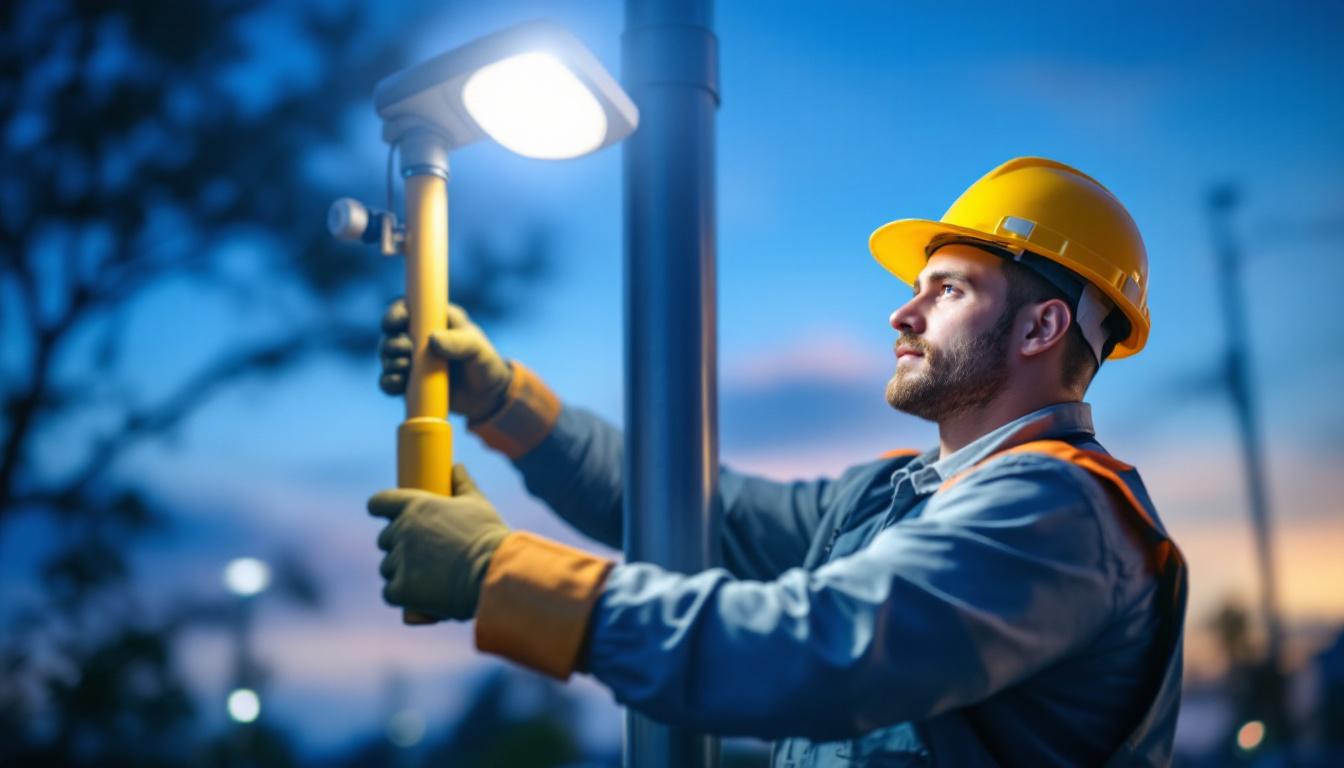
Discover the essential best practices for lighting contractors when installing light post sensors.
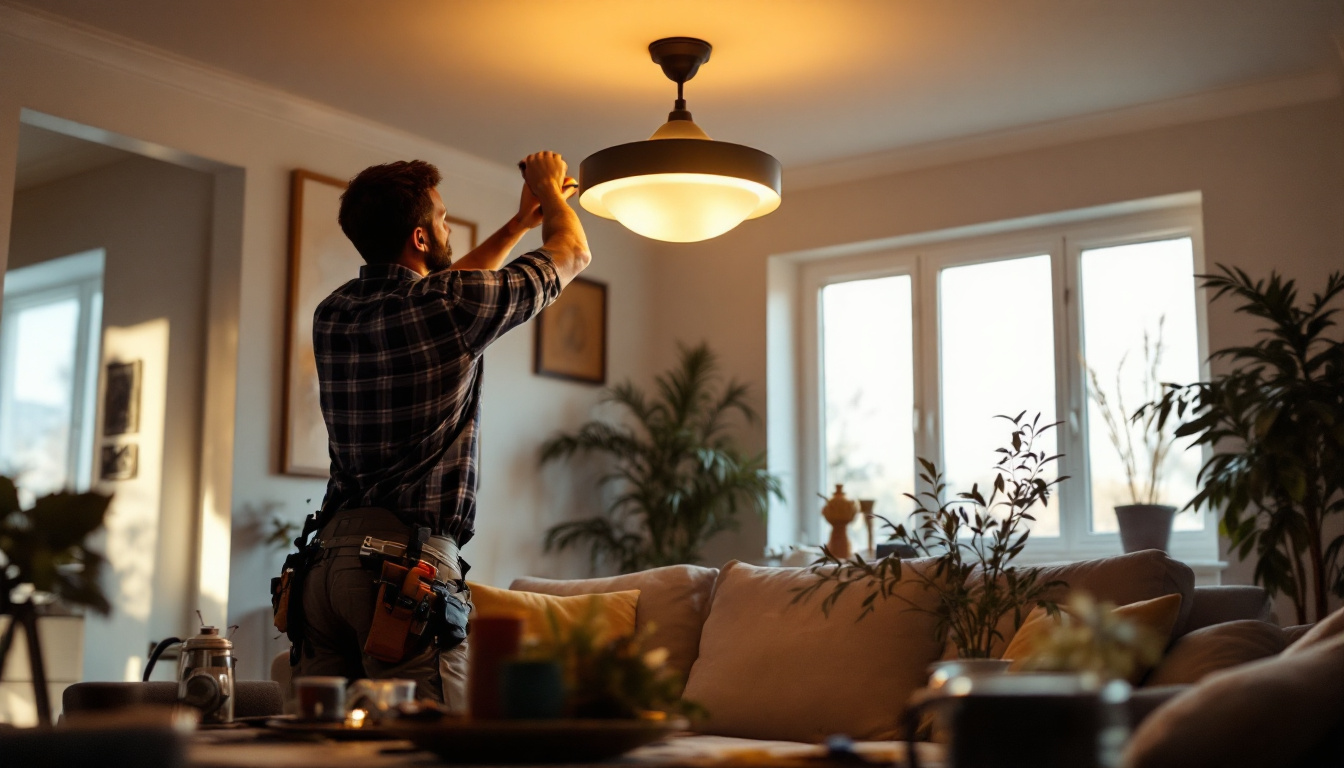
Discover how semi flush lights can revolutionize the workflow of lighting contractors by enhancing efficiency and aesthetics.